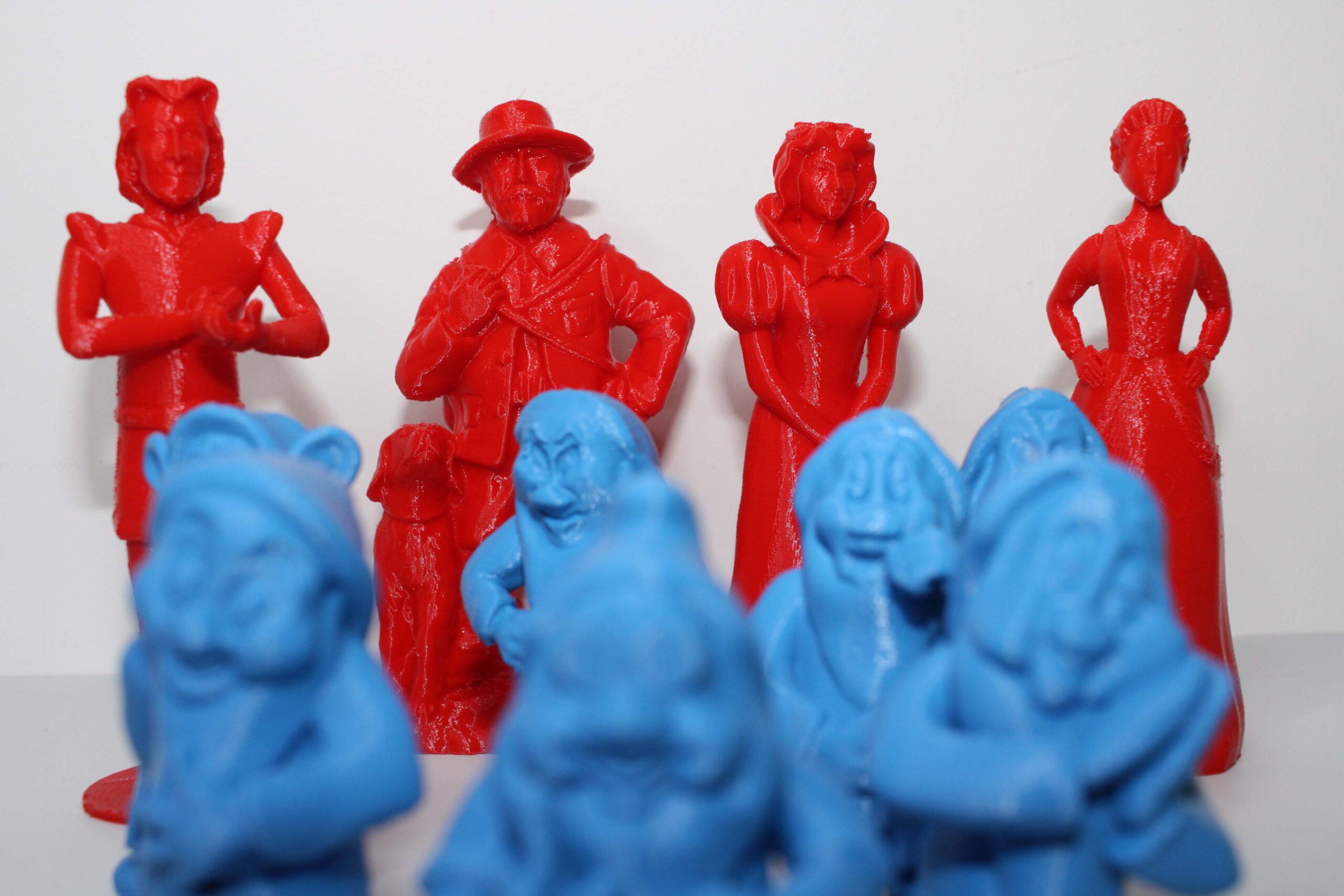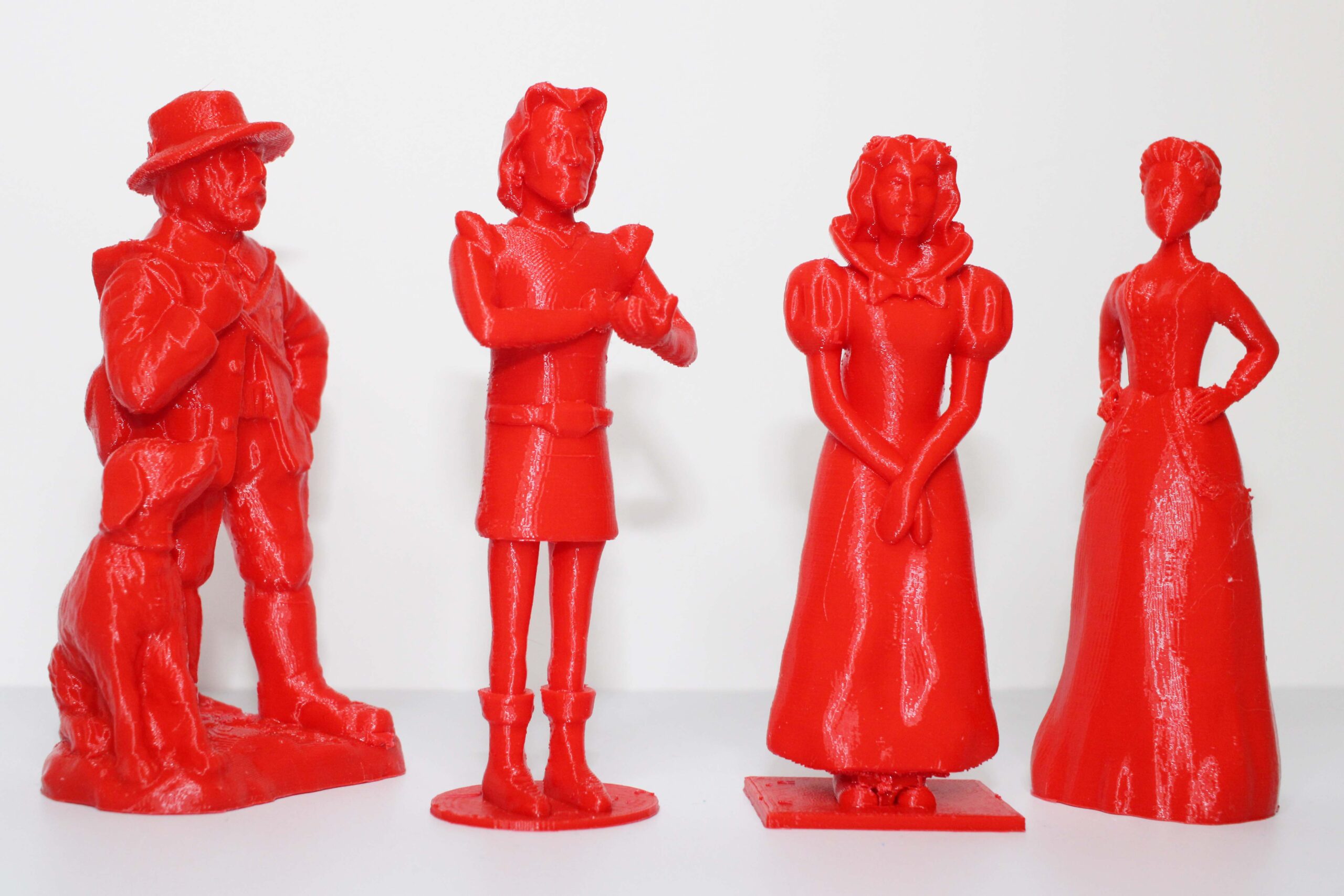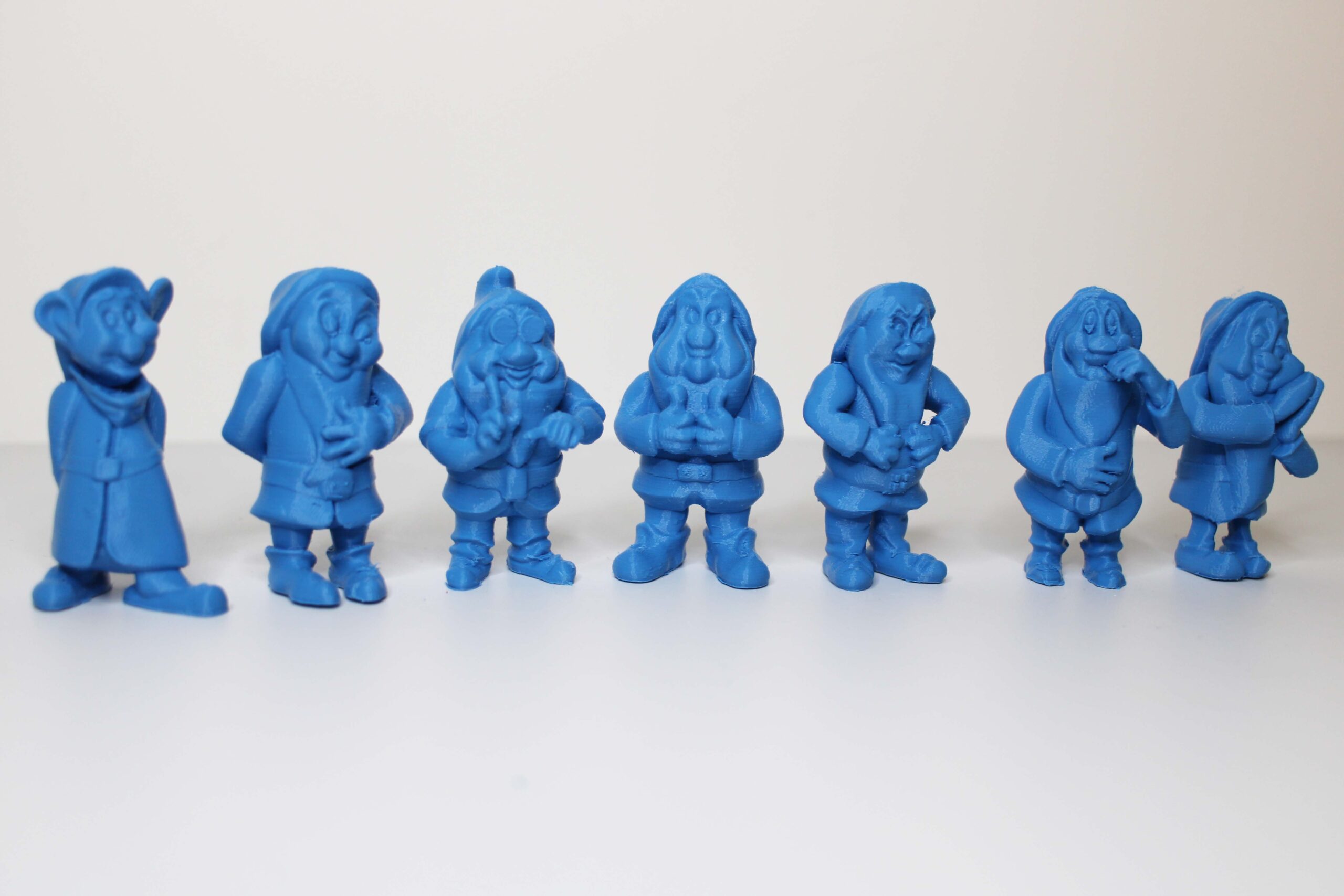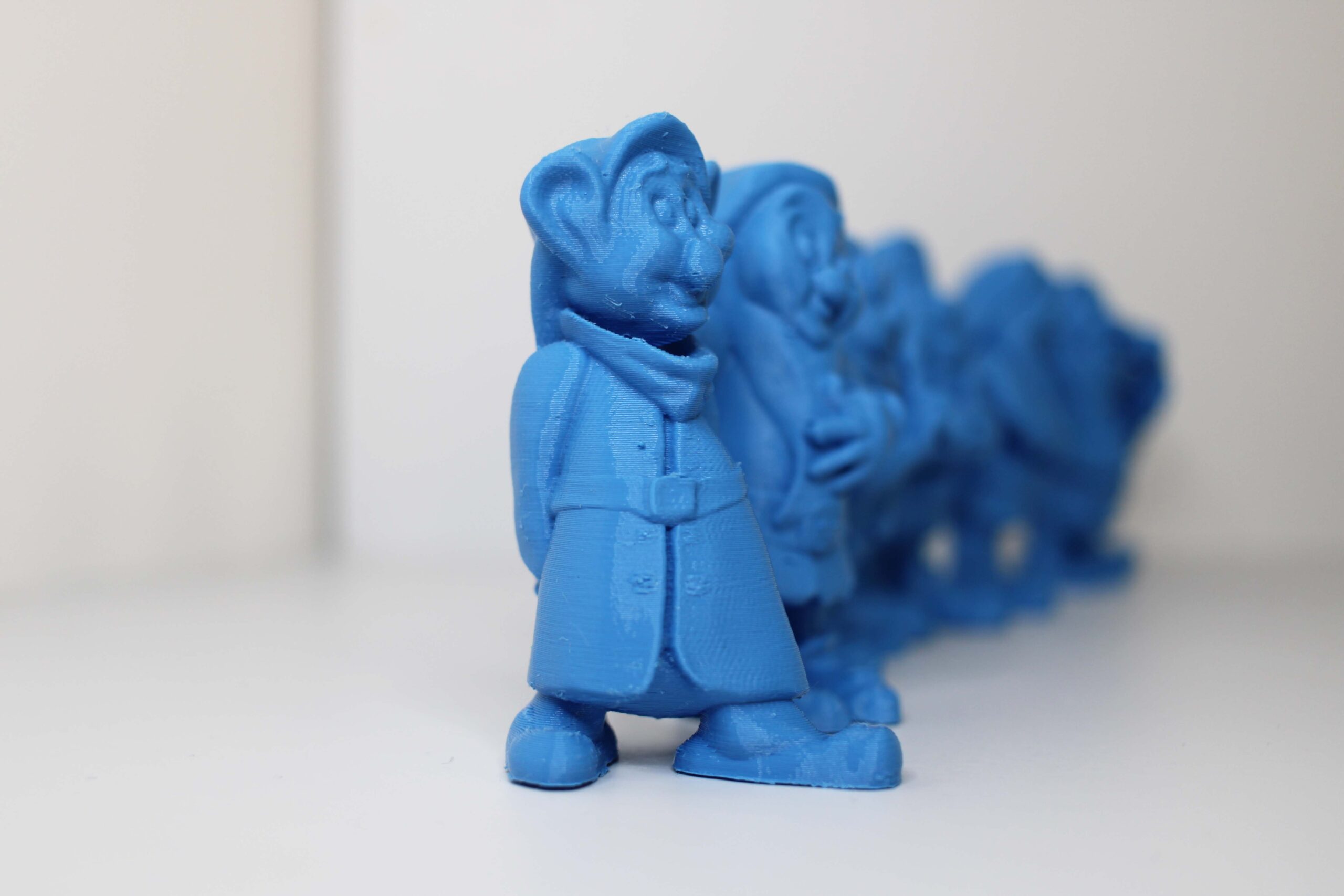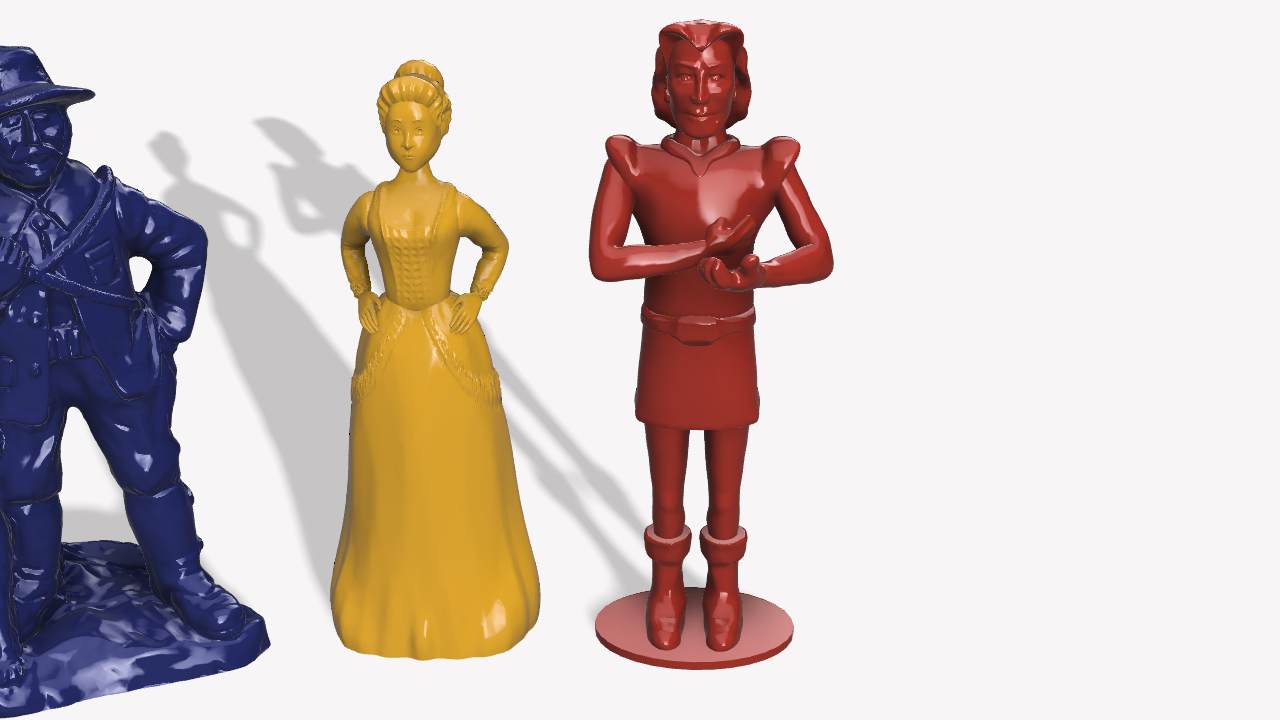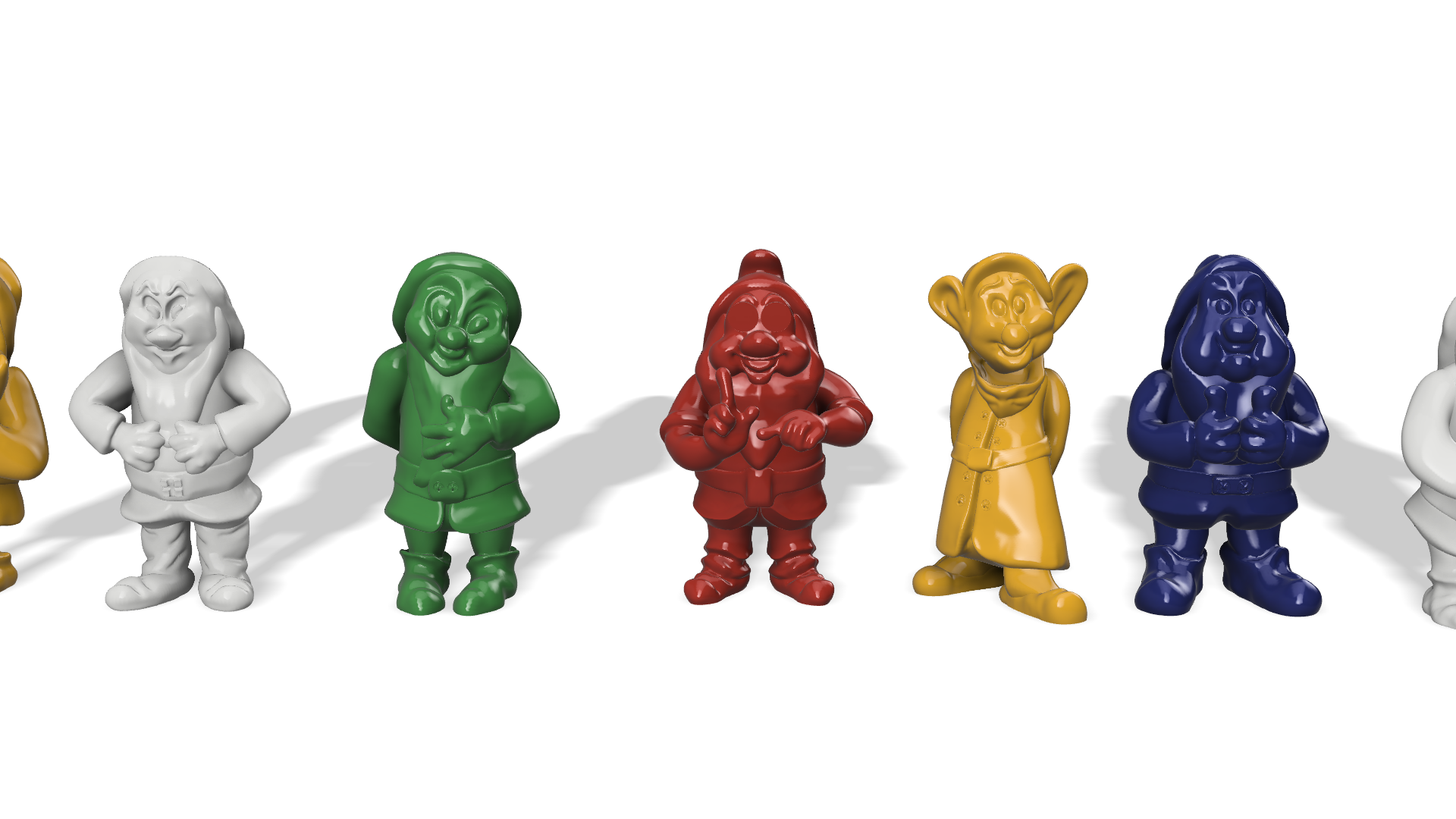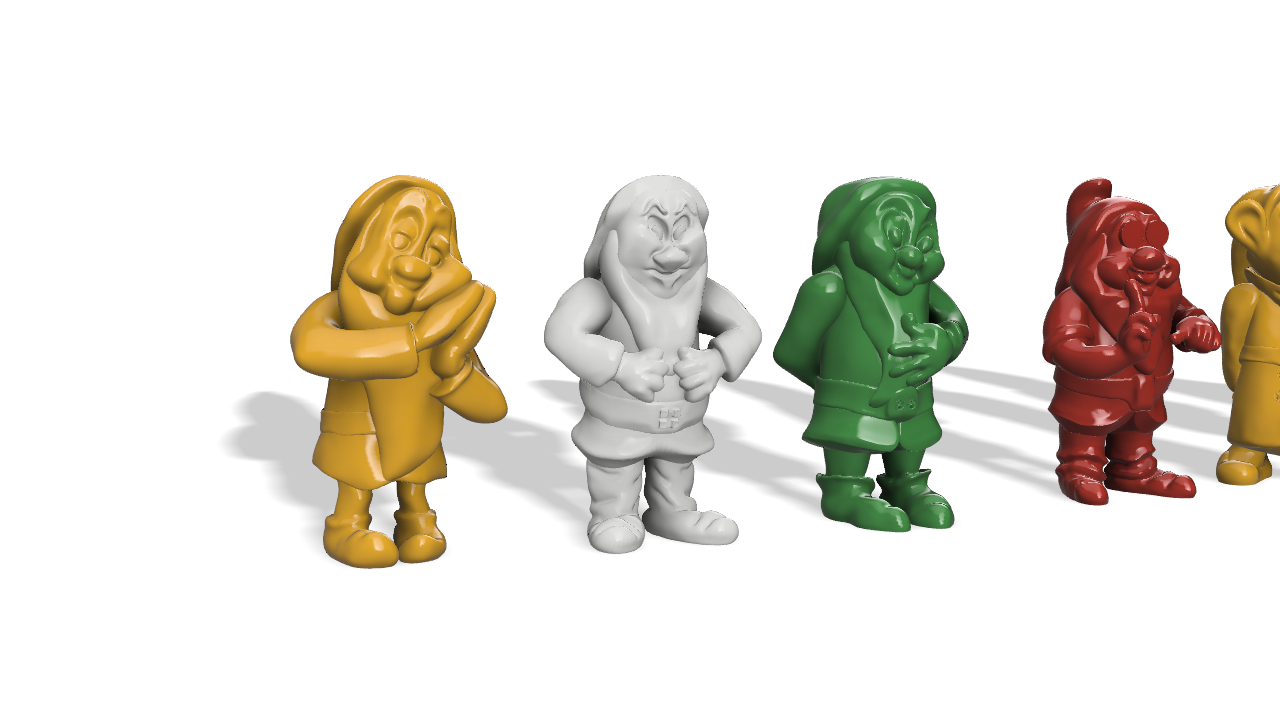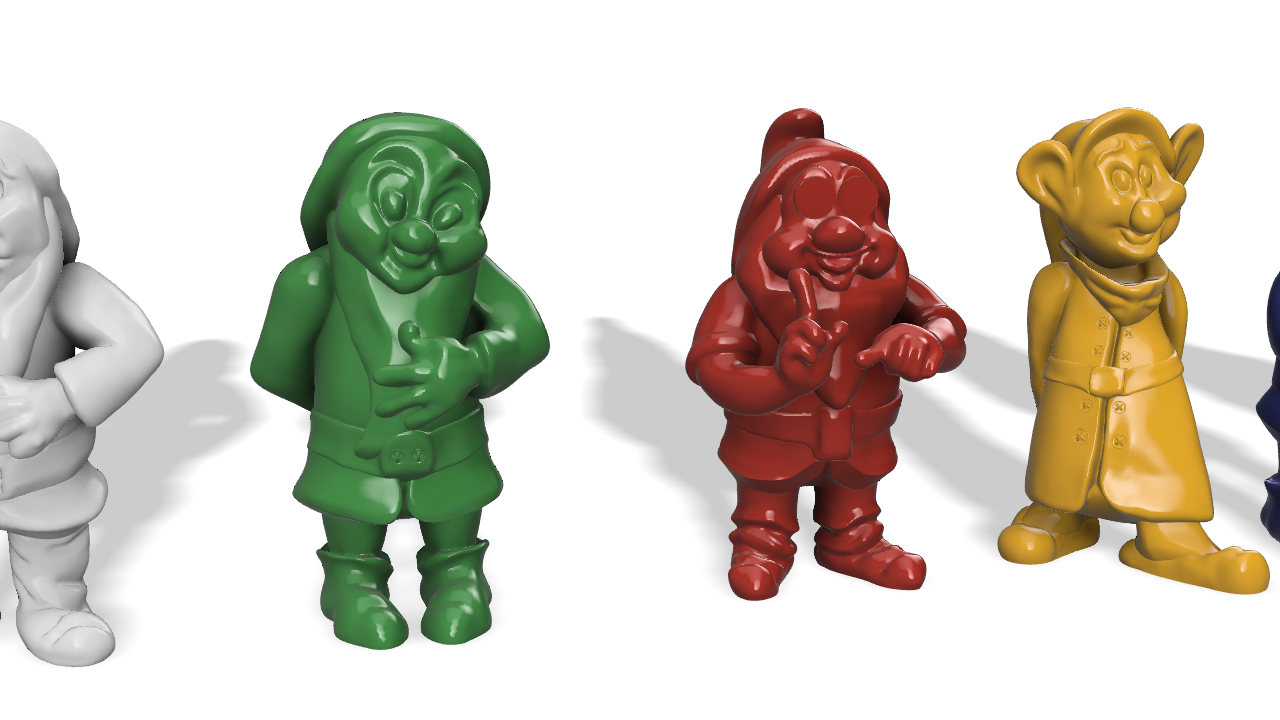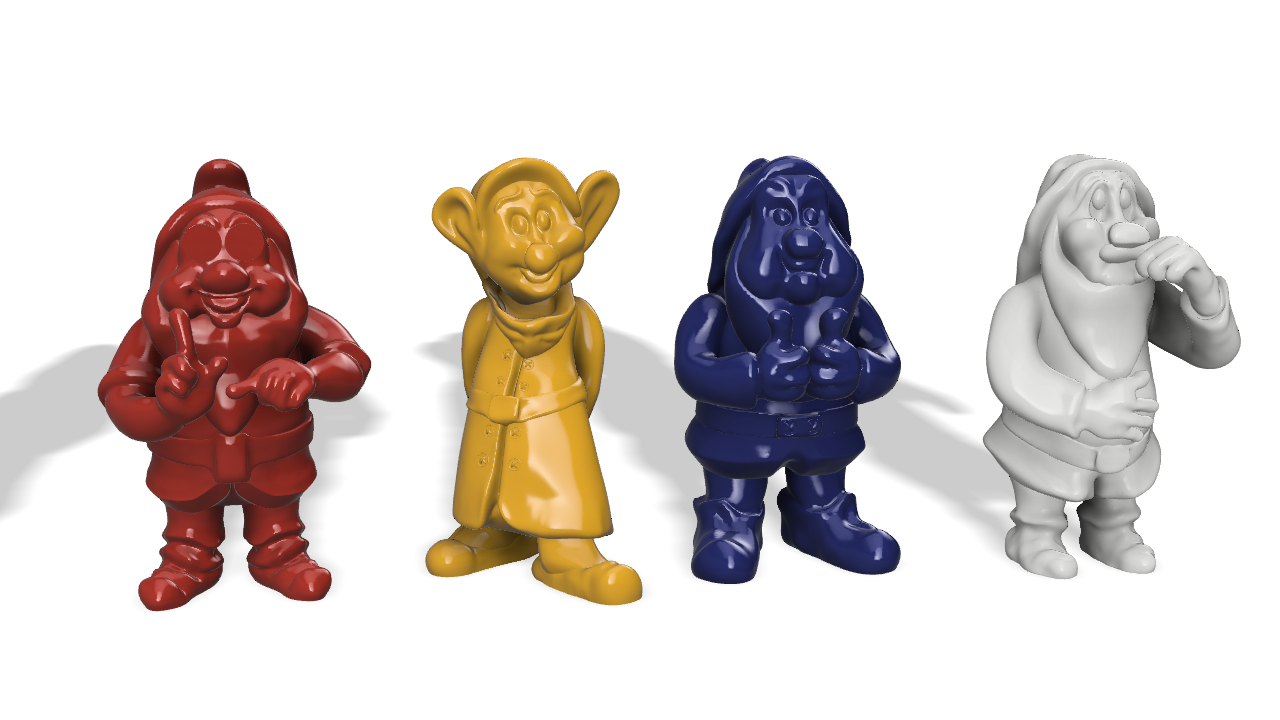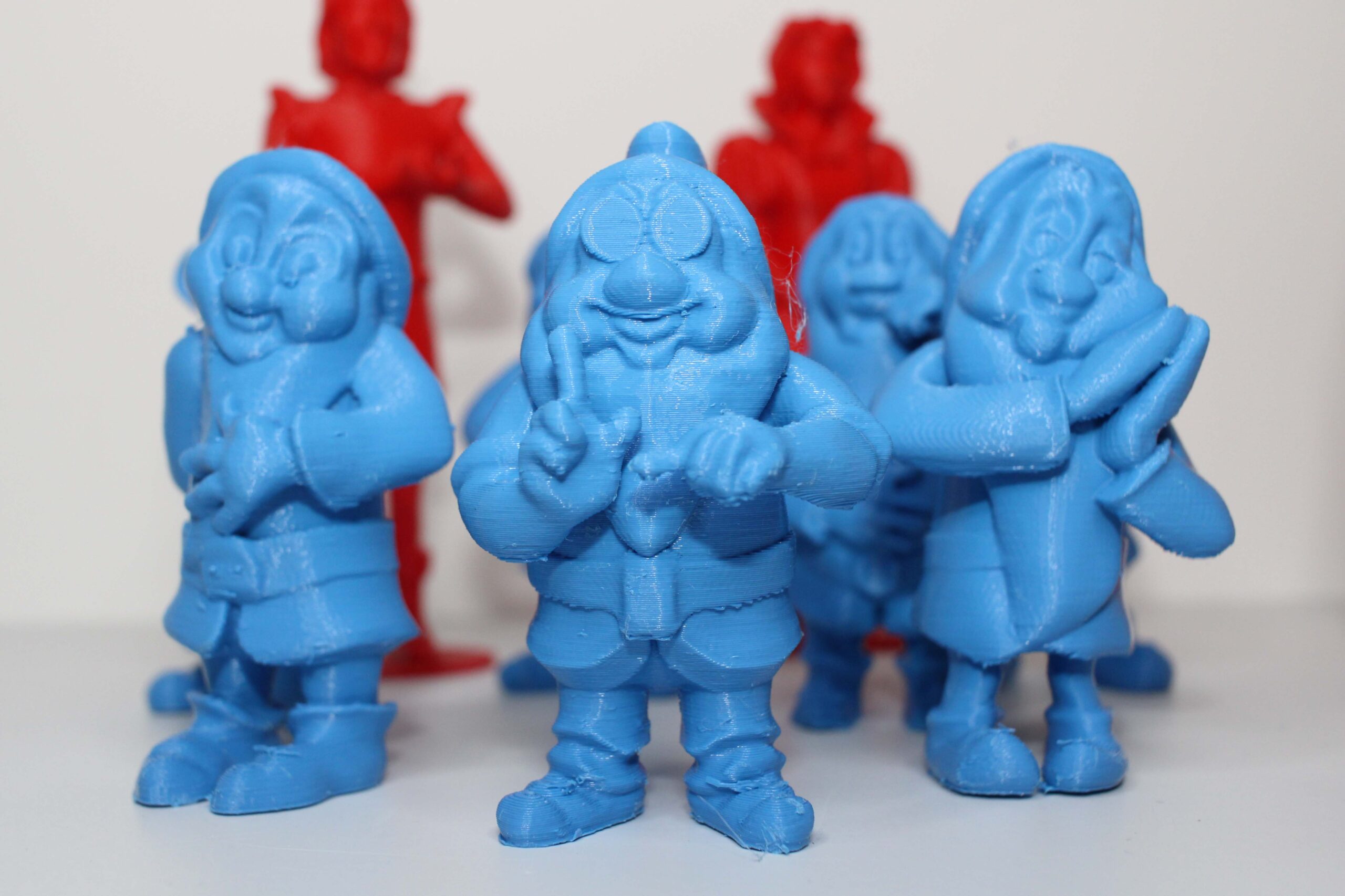
About
Exercise name:
Favorite Story – Table theater
Which cognitive area is it related to?
Coordination, Memory, Speech activity, Team-work
Description of the exercise:
We have all been told stories as kids. We ourselves have been telling stories to our own kids. The memories from the distant past are the last to be lost. Playacting of a known story with a group of 3 to six persons. Each of the participants is responsible for the character dialogue.
Mild to moderate stage of dementia
Who the game is for – The game is suitable for both professionals in a day center and a residential service for people with dementia. It is suitable for people with mild to moderate dementia.
Necessary materials – made figurines to tell the story, trees and a house.
Preliminary preparation – select the appropriate figures for the table theater in the Memorial Box. Put the story book on to remind people with dementia which story to talk about. Prepare up to 3 pages of your scripts with the most important moments of the story and supporting questions. Also prepare a sheet of paper and a pen to record the suggested dialogue from the group.
Participants – a group of 6 people with dementia, caring. Note – if the group is over 6 people it is good to have at least two caregivers. This game is run by a caregiver.
Location – Choose a quiet place where the person with dementia and the person around you feel comfortable, e.g. around a dining table or coffee table where theater theater materials can be placed.
Presentation – explain what you will do together, in a calm and fun way.
Ask people with dementia to take the materials and the book out of the Memory Box. With supporting questions, come to the name of the fairy tale – Snow White and the Seven Dwarfs. Examine each of the figures. With supporting questions and help from the facilitator, have the group tell the story. Make scripts.
Interrupt the first session by arranging a meeting the next day to continue working on the theater.
IMPORTANT – This game is good to do in two sessions on two consecutive days
Recall the scenario the next day. Distribute roles and figures.
Play the story using scripts already written.
Congratulations on the well-done job.
How can this model be used at home and in residential care/nursing homes?
Dementia affects a person’s cognitive functions, self-identity, memory and concentration. It develops gradually and leads to a change of personality. People with dementia have a problem with memory, which leads to recall difficulties and problems with speech, coordination, abstract thinking, concentration, planning, orientation with regard to place and time, frequent mood swings.
This type of exercise will stimulate
- Concentration
- Planning
- Memory
- Coordination
- Abstract thinking
- Mood
Playacting is the final stage of long-term activities for stimulating the senses, memories and attention. Use the method for telling stories: https://story2remember.eu/
What benefits can be obtained with its use?
This exercise will help maintain
- Memory
- Concentration
- Dialogue
- Team-work
- Confidence
- Improving the relations within the group – between the participants and the caregiver
- Increased motivation to read
- Empowering
- Social inclusion
Technical specification of the model
Technology:
FDM / PLA
Material:
PLA
Colour (One piece one colour):
White, yellow, green, black, red, orange, gray.
Suitable dimensions for its use in the classroom (MM):
Male figures – 300 mm
female figures – 280 mm
dwarfs – 150 mm
house – 330 mm
trees – 350 mm
but can be scaled depending on printer specifications
Should the piece be resistant or be subjected to stress?
Yes
Should it be printed during meeting with person with dementia, before or after?
Before
Do you have to paint the model?
No
Number of pieces of which the model is composed:
16
Ensemble type if necessary (slot, clip, screwed ...)
ability to stand upright – maybe on a thin horizontal platform?
Accuracy and definition required. (Quality) Low, mid or High.
Mid
Images
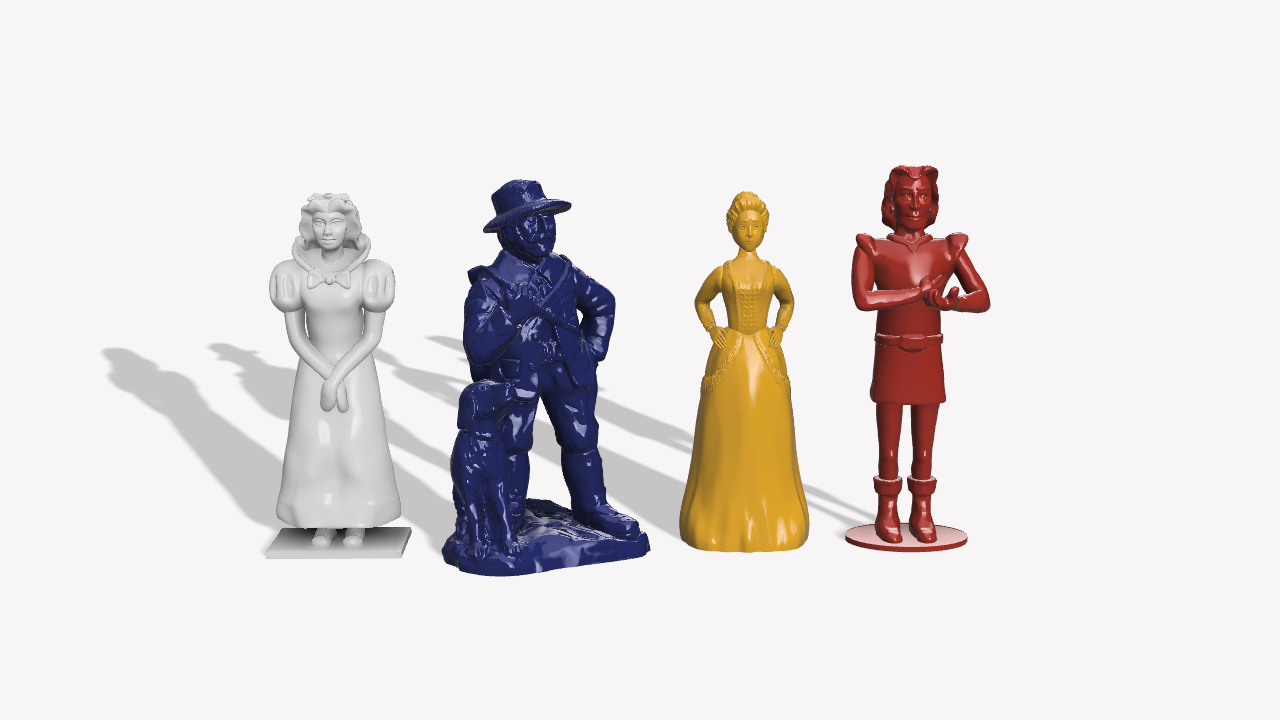
STL files viewer
Good luck!

